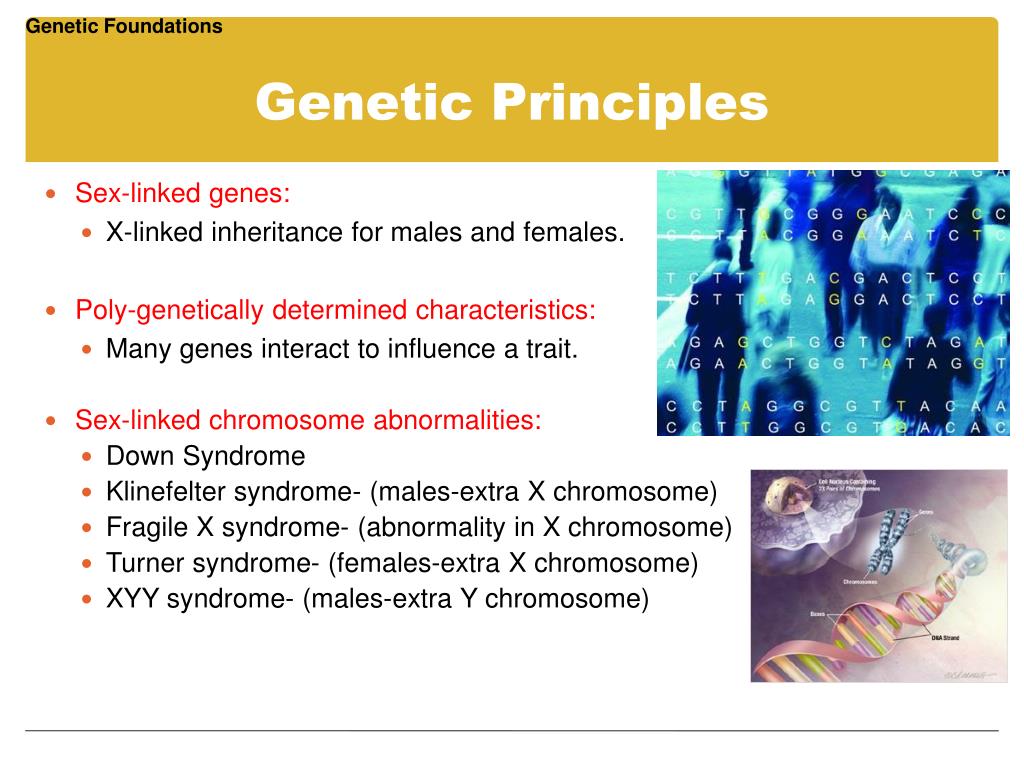

Strong and accessible molecular genetics coverage discusses in a clear and basic manner the new information on molecular processes and new techniques. The text also links specific portions of the text with selected end-of-chapter problems to direct the student to problems that will test their comprehension of the material they just studied.2. Innovative, problem-solving-based approach maintains the connection between basic genetic principles and their application to problems using a stepped-out system. David Hyde presents these skills to the students throughout the narrative in a stepped-out fashion, making an explicit tie between the facts and their application.This text maintains the rigor that faculty require in a genetics book, while incorporating a student-friendly presentation style that helps the reader comprehend the material.The four key features of Hyde's Introduction to Genetics include:1. It is often left to the student to make the connection from what is in the text to elucidating the approaches to solve problems.
#INTRODUCTION TO GENETIC PRINCIPLES PDF HOW TO#
Hyde's Introduction to Genetics teaches the principles of genetics with an innovative approach that emphasizes the basic concepts involved in solving problems as well as teaching students how to manipulate genetic data.While most genetics textbooks provide some examples and several problems for the student to work, the texts primarily stress facts and historical information. These, along with key word listings, concept maps and a glossary, will enable students to tailor their study to suit their own learning styles and ultimately gain a firm grasp of a subject that students traditionally find difficult. Other additional features include text boxes, which highlight important aspects of topics discussed, and chapter summaries, which include aims and learning outcomes. There is a new chapter devoted to the emerging importance of bioinformatics as a distinct discipline. The text is divided into three sections: Part I provides an introduction to the relevant basic molecular biology Part II, the methods used to manipulate genes and Part III, applications of the technology.

Therefore, as well as being thoroughly updated, the book also retains its focus on the fundamental principles used in gene manipulation.

In this third edition of his popular undergraduate-level textbook, Des Nicholl recognises that a sound grasp of basic principles is vital in any introduction to genetic engineering.


 0 kommentar(er)
0 kommentar(er)
